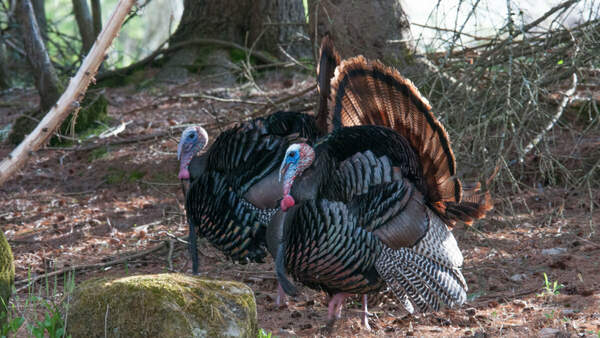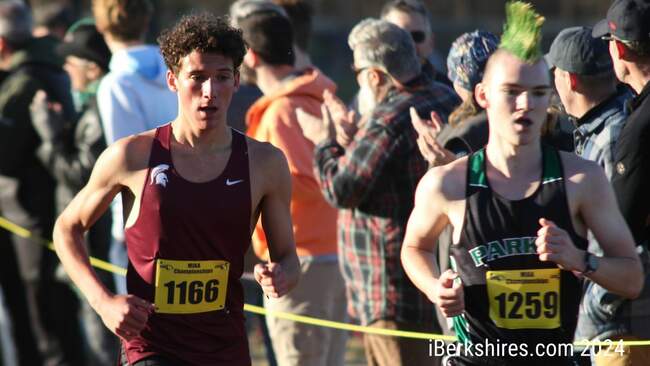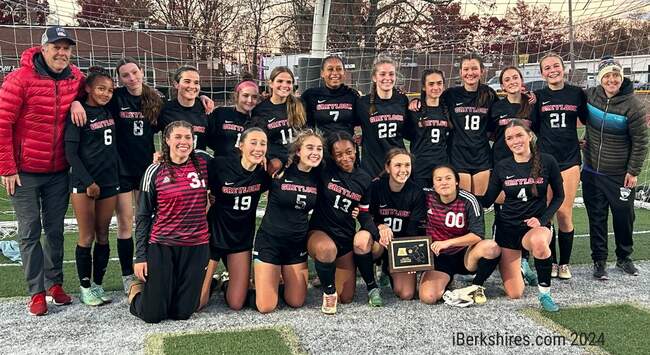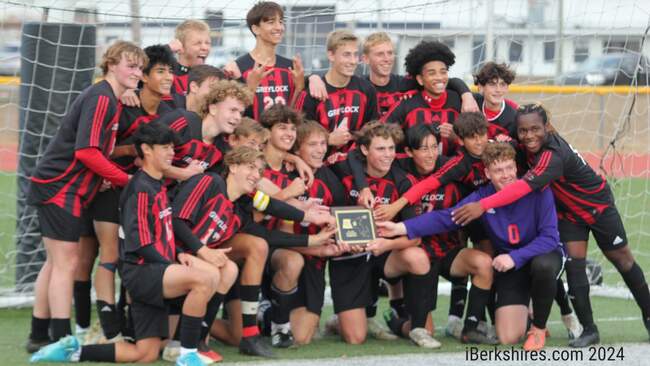
Biz Briefs: Bank Donation to SVMC Funds Child-Friendly Waiting Areas
For the kids: The Bank of Bennington presented a $25,000 donation to Southwestern Vermont Health Care earlier this month at the bank's flagship location at 155 North S. in Bennington, Vt. The funds, given in celebration of the bank's centennial year, are dedicated to the creation of several interactive, child-friendly waiting areas within the health system.
Dubbed Kids Korner, the first two interactive play waiting areas will be developed at the pediatrics practice and on the Women's and Children's unit at Southwestern Vermont Medical Center in Bennington.
This is the first of several donations the bank plans to make to celebrate its centennial year. The Bank of Bennington has a strong history of supporting community activities throughout the region—especially those that bring community together and benefit children, such as Little League, the Big Brothers/Big Sisters program, and local food pantries.
Video days: The Nonprofit Center of the Berkshires presents "Video for Nonprofits and Small Businesses" on Wednesday, July 19, from 10 a.m. to noon at Berkshire Community College South County Center at 343 Main Street in Great Barrington. The cost is $25 for NPC members and $35 for non-members.
In this two-hour workshop led by Diane Pearlman of The Berkshire Film and Media Collaborative, participants will learn the basics of making an effective video.Topics include: how to write a creative brief, what's involved in the production process, legal aspects to consider, how much time should it take, and most importantly, budget options and what you can expect to get for your money.
Pearlman has been in the film and media business for more than 25 years. The Berkshire Film and Media Collaborative is a nonprofit that creates educational, workforce and production opportunities in the film and media industry as an economic initiative for the western Massachusetts region. She is the producer of the short film "A Tree. A Rock. A Cloud" directed by Karen Allen currently on the festival circuit.
Seeds of change: NMDX in Lee has announced the closing of $1 million in seed funding executed through a private placement. The offering was for preferred stock of the company. The proceeds will be used to finance the commercialization of the NMDX's diagnostic tests, the development of additional diagnostic clinical trials, and to expand operational capabilities.
NMDX is executing a commercialization strategy for three proprietary tests, including Fatty Acid Synthase (FAS), CA-IX, and HER-2/neu (HER-2). The company is already generating revenue through sales of its HER-2 (HER-2) blood testing kits, acquired through their acquisition of Nuclea Biotechnologies. The serum HER-2/neu is a simple, non-invasive test that measures the presence of the HER-2 protein in the blood stream for patients with metastatic breast cancer. Those who overexpress HER-2/neu tend to have a worse prognosis and more aggressive, chemotherapy-resistant cancer.
Measuring changing levels of the protein can help doctors' asses the stage of cancer. This information can also serve as an early prognostic tool, helping to get patients the most effective treatment courses at the right time.
Real changes: William Pitt and Julia B. Fee Sotheby's International Realty, with an office in Great Barrington, has partnered with Buyside, a company specializing in turning buyer data into leads, listings and profits, to launch a powerful new platform for significantly increasing buyer and seller leads. The program works by consuming thousands of buyer leads and buyer-related activities from multiple sources around the web from Zillow to Trulia to The New York Times, as well as open house showings and many other resources. These are then aggregated in real time into Buyside's robust proprietary system, allowing William Pitt and Julia B. Fee Sotheby's International Realty to cultivate these potential buyers and intelligently match them to both company listings and agents within the company.
As part of the program, the company has incorporated a client-facing "What is Your Home Worth?" section on the homepage, providing potential sellers with the capability of instantly receiving a valuation of their home. The site's quick search tool has also been outfitted with a "Sell Your Home" tab that directs users to a new Instant Home Valuation website. This landing page combines multiple automated valuation models with visualizations of real-time buyer activity, equipping agents with insights on buyer demand to help them generate seller leads, and illustrating for sellers the number of actual buyers looking for a home just like theirs.















